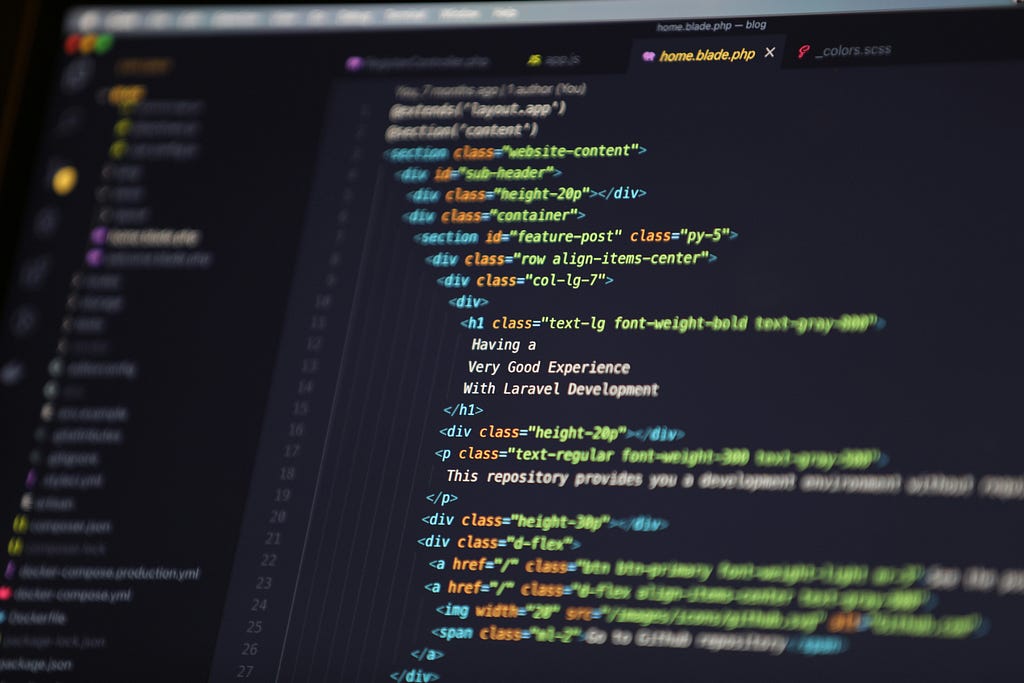AI model for 3D Image generation

Tencent’s Hunyuan Mirror is the new piece of their HunyuanWorld lineup, a direct continuation of HunyuanWorld 1.0. The earlier version could build playable 3D worlds from text prompts or single images, but it was limited. It couldn’t handle videos or multiple views of the same scene.
Hunyuan Mirror fixes that. It can now reconstruct 3D worlds from videos or multi-view image sets, processing them in a single feed-forward step, no optimization loops, no scene-by-scene tuning. It’s a move toward making 3D world generation as instant as text-to-image models have become.

What It Actually Does
Most reconstruction pipelines specialize. One model estimates depth. Another finds camera pose. Another tries to predict normals.
Hunyuan Mirror doesn’t specialize, it does all of it at once.
From one forward pass, you get:
- Depth maps
- Point clouds
- Surface normals
- Camera parameters
- 3D Gaussian splats for novel view synthesis
You give it multiple frames or camera angles, optionally add any prior information you might have (camera pose, intrinsics, or partial depth), and it outputs a full, consistent 3D reconstruction of the scene.
The speed is its biggest advantage, seconds per scene, not hours.
How It Works

The core design is based on a transformer backbone. Every input, image pixels, depth maps, or geometric hints, gets converted into tokens. These tokens interact inside the transformer, fusing geometry and appearance information.
It has a few clever modules:
1. Multi-Modal Prior Prompting
Each kind of prior is treated differently.
- Camera Pose: converted into a 7D vector (rotation in quaternion + translation), then projected into a single token.
- Camera Intrinsics: focal lengths and principal points normalized by image dimensions, again turned into a compact token.
- Depth Map: much larger, embedded as dense tokens aligned to image patches and directly added to visual tokens.
All of these are combined to create what the paper calls prompted tokens. The model is trained to adapt to whatever priors are available, sometimes all, sometimes none. This is achieved through a dynamic prior injection process during training.
2. Universal Geometric Prediction
Once tokens are processed by the transformer, the outputs branch into multiple “heads”, each predicting a geometric element:
- DPT Heads (Dense Prediction Transformers) for point maps, depth, and surface normals.
- Transformer head for camera parameters.
- 3D Gaussian head for rendering views using 3D splats.
It’s all connected, if one prediction improves (say, depth), others like normals or pose benefit automatically.
Training Setup
The training scale is large. It’s run on 32 H20 GPUs, trained in phases, first for depth and geometry, later fine-tuned for 3D Gaussian rendering.
It uses a mixture of 15 real and synthetic datasets: DL3DV, ScanNet++, Hypersim, Matterport3D, Co3Dv2, TartanAir, and others. The data mix helps it generalize across indoor and outdoor scenes, static and dynamic settings.
A few smart training choices stand out:
- Dynamic prior toggling: randomly dropping priors during training to make the model robust.
- Curriculum learning: starting from low-resolution, easy tasks and gradually scaling to high-res, multi-task learning.
- Progressive resolution warm-up: the model first learns broad structures, then sharpens details.
Benchmarks and Results
The results are consistent across tasks and datasets.
- Point Map Reconstruction
On 7-Scenes, NRGBD, and DTU datasets, Hunyuan Mirror outperforms both VGGT and π3.
- With all priors, it improves mean accuracy by 58% on 7-Scenes and 53% on NRGBD.
- Even without priors, it remains state-of-the-art.
2. Camera Pose Estimation
Tested on RealEstate10K, Sintel, and TUM-Dynamics, it delivers best zero-shot results on RealEstate10K and TUM, showing strong generalization.
3. Depth Estimation
Performs on par or better than specialized models like π3 or VGGT on NYUv2, Sintel, and KITTI. Only slightly weaker in urban driving scenes, likely because the training data didn’t include enough road videos.
4. Surface Normal Estimation
Beats prior leaders like GeoWizard and StableNormal. On ScanNet, it records 13.8° mean angular error, the best among feed-forward methods.
5. Novel View Synthesis (NVS)
On RealEstate10K, DL3DV, and VR-NeRF, it outshines AnySplat, higher PSNR, lower perceptual error, and sharper geometry. Feed-forward inference runs in under 2 seconds per scene, yet you can optionally add 1,000 optimization steps post-inference for even higher fidelity.
Why It’s Different
Two things make Hunyuan Mirror stand out:
1. It’s Prior-Aware.
You can use it with or without priors, the same model adapts to both. It doesn’t crash or degrade when information is missing.
2. It’s Universal.
Unlike older methods that needed separate models for each task, Hunyuan Mirror produces every major 3D output, geometry, camera, normals, rendering, from one shared backbone. Everything stays consistent.
It’s also the first model to combine feed-forward reconstruction with 3D Gaussian splatting, merging geometry learning and rendering into one pipeline.
Applications
- 3D scene generation from short videos or image sets.
- Novel view rendering without manual calibration.
- AR/VR scene reconstruction from mobile captures.
- Fast 3D prototyping for games or virtual production.
Its outputs, point clouds, normals, 3DGS, can directly feed into downstream systems for editing, rendering, or simulation.
Limitations
It’s powerful, but not magic.
- Struggles with dynamic scenes or moving objects.
- Limited input resolution (roughly 300–700 pixels).
- Doesn’t yet scale to thousands of input views.
- Training and inference still demand serious compute power.
Tencent mentions plans to extend it toward larger, long-sequence visual inputs and make it lighter for consumer GPUs.
The Takeaway
Hunyuan Mirror isn’t just another 3D model, it’s a foundation model for geometric understanding. It treats 3D reconstruction like a language problem, translating pixels and priors into consistent spatial representations.
Where most systems generate or render, Hunyuan Mirror understands. It’s the difference between drawing a world and knowing how that world is built.
If HunyuanWorld 1.0 was about creating 3D spaces from imagination, Hunyuan Mirror feels like Tencent’s attempt to give AI a sense of geometry, a way to see the world in structure, not pixels.
Hunyuan Mirror: Tencent’s All-in-One 3D AI Reconstruction Model was originally published in Data Science in Your Pocket on Medium, where people are continuing the conversation by highlighting and responding to this story.






